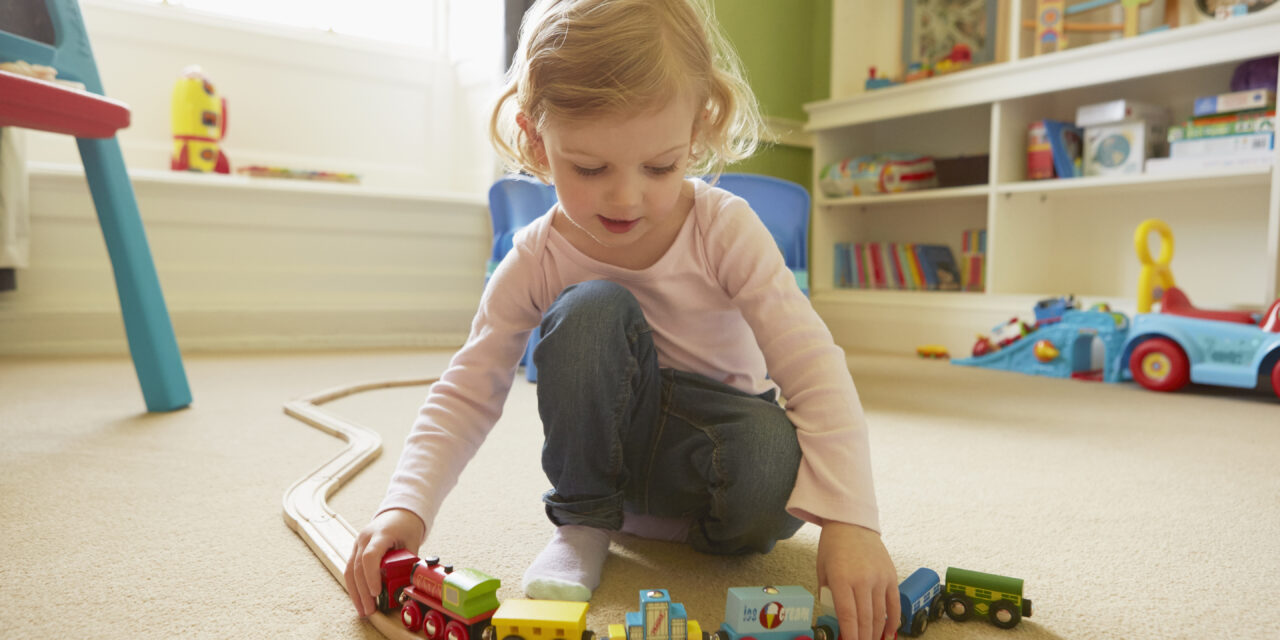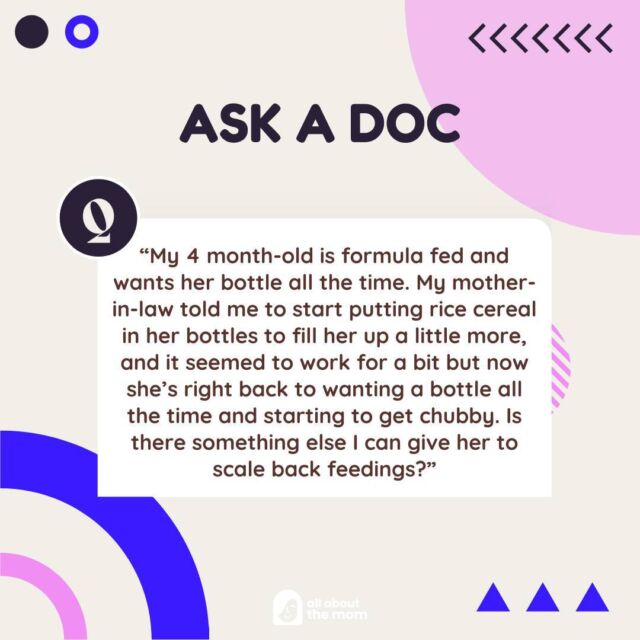I received a text and photo from a client exclaiming amazement at her son, who was focused on playing with his toys after a recent toy rotation project we helped her implement. The bottom line is toy rotation works.
What is toy rotation?
Simply put, it’s removing toys and replacing them with other toys on a regular schedule. So instead of having all the toys out at one time, a smaller group is kept out while others are put away. And then you rotate them.
Why rotate toys?
According to Dr. Kim John Payne, author of the book Simplicity Parenting, “An avalanche of toys invites emotional disconnect and a sense of overwhelm. “I’ve experienced this firsthand. I traveled out of state to a friend’s home when my son was very young. She had two young children, and their living room was what some might consider a child’s dream. Toys of all shapes and sizes were EVERYWHERE, strewn from one end of the room to the other. But instead of being inviting, the room and toys were overwhelming and overstimulating. The younger boys didn’t know what to play with – there were too many choices – and crankiness and irritability ensued.
This is what my client was experiencing after the birth of her second child.
Hoping to keep her toddler happy with a mass of toys, instead, she found him fussy and clingy. Until the toys were rotated, that is. “Having fewer toys out at one time allows for more focused play, and when a child’s brain is focused, the child can better master the learning task. The complexity of their play increases,” First Daze sleep consultant Kara Curtis explains. “In other words, instead of bouncing around from toy to toy and interacting with them superficially with scattered play, rotation provides opportunities for them to engage fully and deeply and achieve mastery with one toy. This is a wonderful antidote to the short attention span concerns that our technology is spawning,” she says.
Rotating toys keeps learning interesting, and children learn best through new experiences.
That doesn’t mean they need brand new toys each week, far from it. Instead, bring out an old toy they haven’t seen in a while and watch it take on a whole new interest.
My client shared that the approach is still working well for her little one. “It has made a huge difference. He is down to 8-10 toys at a time, and they’re all laid out so he can see what he wants to play with. It really decreases clinginess,” she says.
Another idea that works well is to have a few toys in each room rather than all toys in one room (or playroom). The fact is our little ones want to be with us. If we are in the kitchen prepping meals, that’s where they want to be. If we’re folding laundry in the bedroom, that’s where they’ll want to be, too. And it’s easier to clean up a few toys in each room rather than trying to straighten a mass of toys in one room.
As with so many areas of our lives, less is more. Having more toys does not equal happier children. Loads of information can be found online on how to do toy rotation. Kara recorded an excellent podcast on the subject with Preschool and Beyond’s host, Mike Dlott. You can listen to it here. An easy step is to label baskets for each week (week 1, week 2, and so on). Bring out the basket of toys for that week and put the others away. Easy peasy.
















